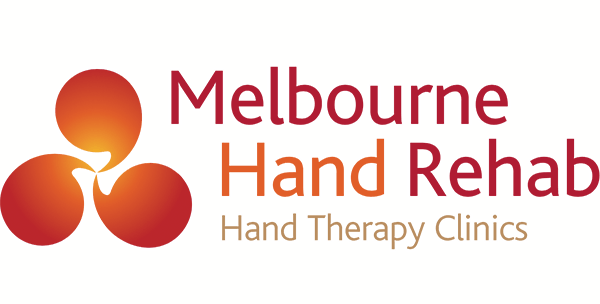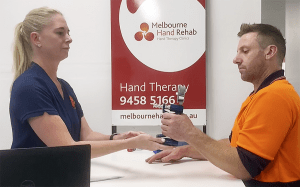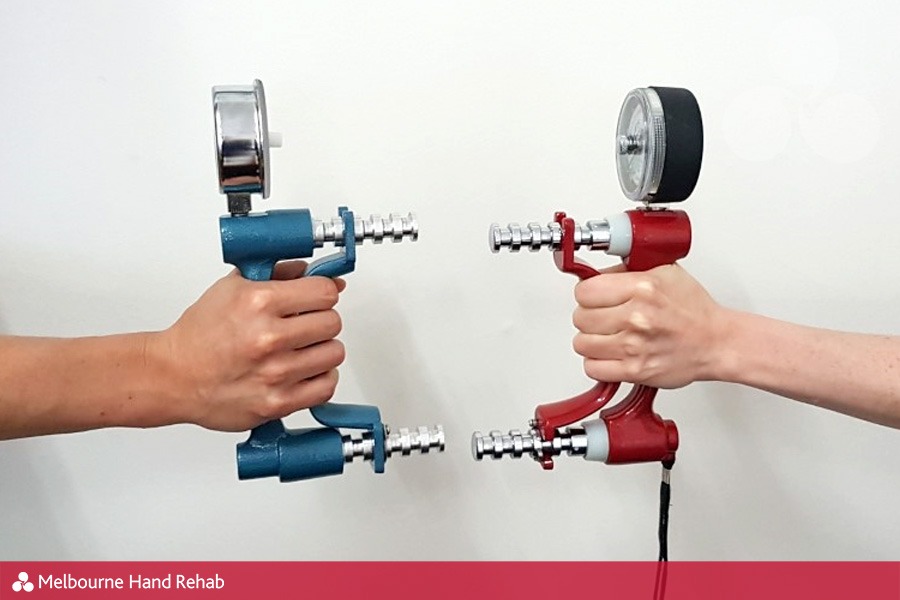
23 Nov Concerned about your grip strength?
Assessing and improving your grip strength
You may have found that your hand or hands are experiencing a reduction in their overall grip strength. This may be something that you’ve noticed after an injury, surgery or maybe something that you’ve progressively seen reducing.
There are a range of reasons that your grip strength may reduce and it’s important to talk to your hand therapist about it, so it doesn’t impact your participation in what you love to do.
Signs your grip strength might be compromised
Examples of reduced grip strength include the inability to:
- Open jars or medication bottles
- Complete household tasks such as cleaning, lifting grocery bags, or laundry
- Perform self-care such as showering, dressing, grooming or oral care

Hand therapists routinely assess hand grip strength as an indicator of overall performance. Diminished strength may lead to a decline in daily task proficiency and be the result of:
- Injuries
- Conditions such as arthritis, carpal tunnel syndrome
- Neurological disorders such as stroke
- Overuse syndromes (common in individuals doing repetitive motion tasks, such as typing or operating machinery; or labor-intensive roles like factory work, farming, or mechanics)
Once your hand therapist has confirmed the underlying cause affecting your grip strength, they will talk to you about treatment options as well as your personal health goals. From here they will put together a personalised treatment plan which is aimed to achieve the best recovery outcome for you.
What is a Dynamometer?
When a hand therapist at Melbourne Hand Rehab tests your grip strength, they will do so with a dynamometer.
When using a dynamometer, you will be asked to place your elbow at a 90-degree angle and squeeze the grip measurement mechanism. When you squeeze it, you won’t feel the mechanism move however your therapist will be able to read your strength. You’ll be asked to alternate the dynamometer between each hand three times and an average will be calculated.
Having a baseline of your grip strength in your first appointment will guide your therapy. Your grip strength will be re-assessed regularly to track your progress.
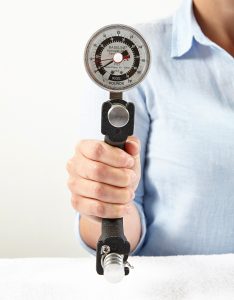
The results of your grip strength can be compared to standardised norms, which can differ dependent on:
- Gender
- Hand dominance
- Age
Getting help for reduced grip strength
If you and your hand therapist identify that your grip strength is low, there are a range of things that can be done. These include:
- Prescription of active and passive movement exercises
- Use of therapy putty with squeezing, pinching and rolling tasks to strengthen the muscles in the fingers and hands
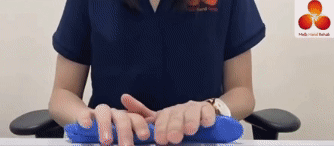
Therapy putty is used to help improve grip strength, dexterity and fine motor skills
- Use of weights to strengthen the muscles of the hand wrist and forearm
- Gradual participation in the activities that you are having difficulty with and that you enjoy
- Body weight exercises, such as push ups
If you are experiencing finger, hand or wrist pain, don’t hesitate to get in touch. We’d love to help you.
BOOK AN APPOINTMENT
For more information, call us directly on 03 9458 5166
